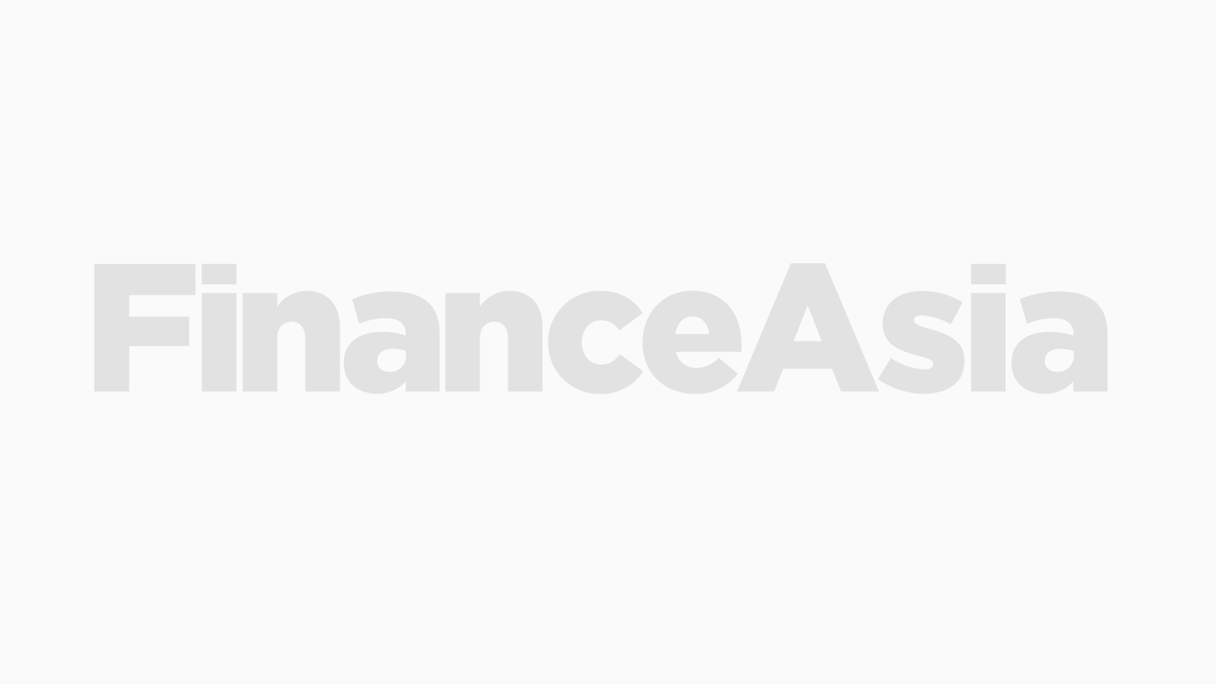Shinsei Bank has marked the return of president and CEO Masamoto Yashiro by raising ¥48.2 billion ($508 million), which should have a beneficial impact on its tier-1 capital adequacy ratio. However, the improvement will be only in the order of 0.5%, according to one analyst. In addition, the bank's tumbling earnings will have to stretch to cover roughly ¥2 billion of annual interest payments on the new securities.
The transaction, which was placed privately, comes in four tranches issued by two overseas special purpose subsidiaries. The first subsidiary is issuing one ¥19 billion tranche of non-cumulative perpetual preferred securities with a 5.5% coupon until July 2014. The rate will become floating after that date. The second tranche by the same subsidiary amounts to ¥20.1 billion and carries a 5% coupon until July 2019 when the securities become callable. If Shinsei doesn't call the issue, the coupon will step-up and become floating.
The second overseas special purpose subsidiary has issued a further two series of non-cumulative perpetual preferred securities to the value of ¥2.5 billion and ¥6.6 billion. The ¥2.5 billion tranche will pay a dividend of 5% until July 2019 (when it will step-up and switch to a floating rate), while the ¥6.6 billion tranche will pay 5.5% until July 2014 (this tranche has no step-up, but will switch to a floating rate thereafter).
The proceeds will be used to "strengthen the tier-1 capital base of Shinsei Bank", according to a press release. Shinsei's tier-1 capital adequacy ratio was 6.64% as of December 31, 2008. According to a Nikko Citi research note dated March 6, the capital raised is at the bottom of the expected range. "We think Shinsei will boost tier-1 by at the most a few tens of billions of yen. If we assume ¥50 billion-¥90 billion, the tier-1 ratio would rise by 0.5%-0.9%," the report states.
A second bank analyst says the new capital adequacy ratio,is not impressive compared to its global peers, which are raising their tier-1 capital levels to over 10%. But he adds that with Shinsei's asset quality coming under pressure, the capital raising is a welcome move.



